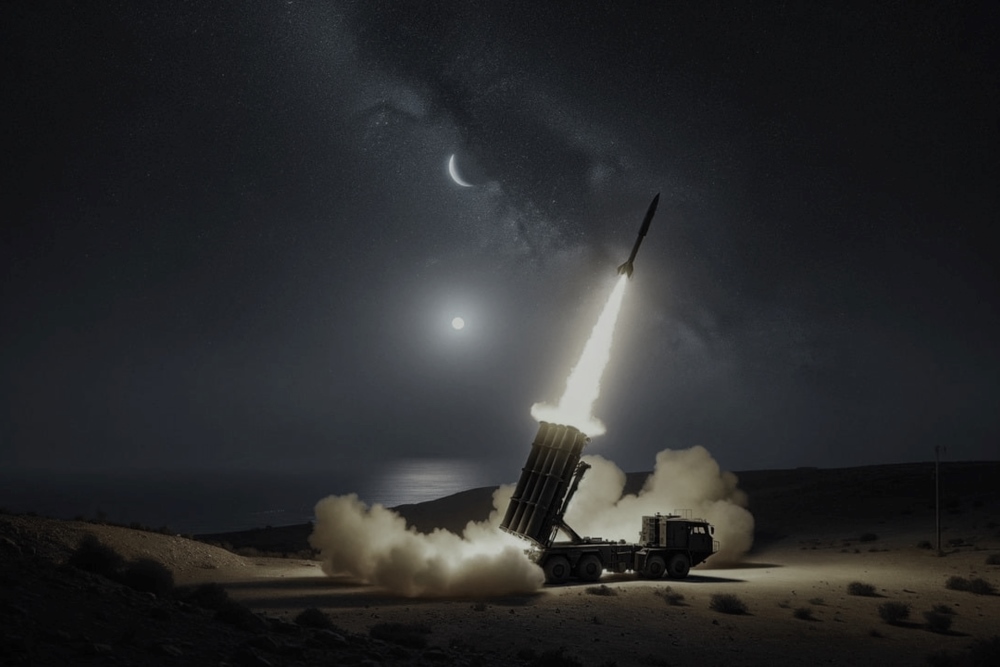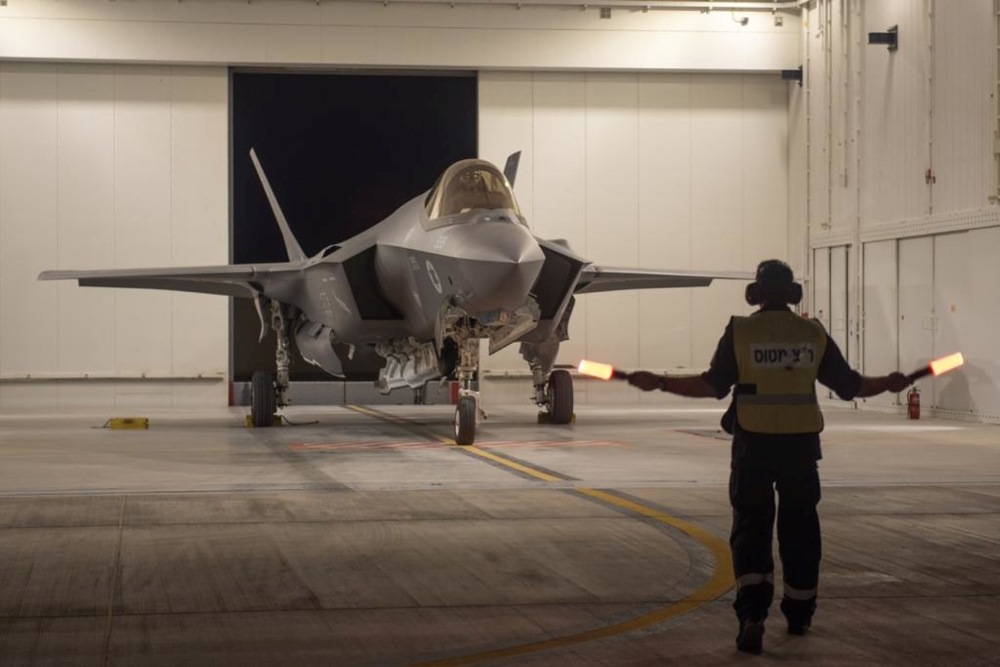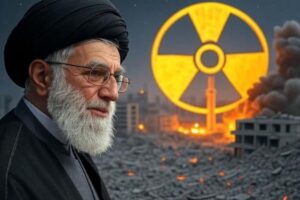
Iran has made significant efforts to expand its air defenses over the past decade. However, international experts and observers remain skeptical about the true extent of Tehran’s capabilities.
Iran currently deploys a mix of domestically produced and imported air defense systems. According to Tehran, this multi-layered array can detect and neutralize a wide range of threats.
The Iranians insist that their air defenses provide robust coverage against aerial incursions and missile attacks. General Alireza Sabahifard, commander of the Air Defense Force, claimed that Iran’s defensive shield can detect aerial threats over 3,000 kilometers away.
One of the most notable systems in Iran’s arsenal is the Bavar-373, a long-range surface-to-air missile system reportedly comparable to Russia’s S-300. Tehran claims that this domestically designed system can engage multiple targets simultaneously.
The Khordad 3 is another significant Iranian asset, allegedly capable of targeting and downing high-altitude drones and aircraft. Iran claims that the system shot down a US Global Hawk surveillance drone in 2019.
S-300 and Ghadir Radar
A key component of Iran’s defenses is the Russian-made S-300 surface-to-air missile system. After years of delays due to international sanctions, Russia began delivering these advanced systems to Iran in 2016.
Iran reportedly received the S-300PMU2 variant, one of the more sophisticated versions of the S-300 family. The system boasts a range of up to 200 kilometers and can engage multiple targets simultaneously, including aircraft, cruise missiles, and ballistic missiles.
Iranian officials have repeatedly showcased the S-300 in military parades and exercises, emphasizing its integration into the country’s broader air defense network. However, the exact number of S-300 batteries in Iran’s possession and their current operational status remain subjects of speculation.
The Ghadir (also spelled Qadir) radar system is also considered to be a major component of Iran’s defenses. Iranian officials claim that this long-range early warning system can detect targets at distances of over 1,000 km.
The Ghadir is reportedly equipped with over-the-horizon radar technology, which may enable it to detect low-altitude and other evasive targets beyond the conventional radar horizon.
The system is frequently highlighted in Iranian media and military statements as a key asset in monitoring Iran’s airspace and surrounding regions. Multiple Ghadir radars have reportedly been deployed across Iran, particularly along its southern coast facing the Persian Gulf.
Unified command center
Iran also boasts about its electronic warfare capabilities. In a military exercise code-named “Defenders of Velayat Skies 1402,” Tehran showcased what it described as state-of-the-art radar jamming technology.
Iranian officials claim that such systems can effectively blind enemy aircraft and missiles, significantly reducing the threat of aerial attack.
The Iranians assert that they integrated the various components in their arsenal into a cohesive defense network. In this context, Iran established a unified air defense command center to coordinate a response to incoming threats across vast territory.
The primary site in charge of Iran’s air defense operations is the Khatam al-Anbia Air Defense Headquarters, which is part of the Iranian Revolutionary Guard Corps (IRGC). This command center oversees the coordination and management of radars, missile defenses, and early warning systems.
Experts question Iran’s claims
Despite Iran’s confident assertions, many international experts express doubts about the effectiveness of its air defenses. Analysts suspect that Iran its exaggerating its capabilities to enhance its strategic posture and deterrent power.
For instance, while the Bavar-373 is positioned as a rival to S-300, independent assessments suggest that the Iranian system’s performance may be subpar compared to the Russian system.
Similarly, Iranian radar ability to detect modern stealth technology remains unconfirmed. It should be noted that Israel reportedly upgraded its F-35 stealth jets to boost readiness for attack inside Iran.

Independent verification of the Ghadir radar’s full capabilities is also limited. While it certainly plays a central role in Iran’s air defense system, the exact extent of its effectiveness, especially against advanced tech, is a subject of debate among defense analysts.
Iranian secrecy
The lack of transparency is a major issue clouding assessments of Iran’s air defenses. Tehran rarely allows foreign observers to closely examine its military technology, citing national security concerns.
This secrecy, while understandable from a strategic perspective, fuels further skepticism about the veracity of Iran’s claims. As a result, public displays of military power, such as missile tests and air defense drills, are often scrutinized for potential staging or selective presentation.
Another key point of contention is Iran’s ability to produce advanced components domestically. Western sanctions have severely limited Tehran’s access to electronics and materials crucial for top-tier air defense systems.
This has led to speculation that some of Iran’s indigenous systems may rely heavily on reversed-engineered or smuggled foreign technology, potentially limiting their efficiency.
Iran lacks combat experience
Even if Iran’s air defenses are stronger than in the past, the country faces significant hurdles in effectively protecting its airspace.
Iran’s geography presents a formidable challenge. With a land area of more than 1.6 million square kilometers, including rugged mountain ranges, vast deserts and a long coastline, achieving comprehensive radar coverage and rapid response capabilities is a daunting task.

The lack of combat experience against technologically advanced opponents also raises questions. Iran’s air defenses have not faced a full-scale assault from a modern air force, making it difficult to assess their real-world performance.
Notably, rivals like Israel and the United States can deploy cutting-edge aircraft, long-range precision-guided munitions and electronic warfare specifically designed to penetrate and neutralize air defense networks.
Israel vs Iran’s air defenses
As noted, Iran points to incidents such as the downing of a US drone in 2019 as proof of its capabilities. However, observers argue that neutralizing a single, slow-moving target does not equate to stopping a coordinated attack, like the one Israel could stage.
Meanwhile, the IDF already proved that it can target Iranian air defenses undetected. Israeli jets reportedly bombed a radar station in Isfahan in response to Iran’s missile and drone assault in April of this year.
Moreover, integrating air defenses from different origins – including reverse-engineered Western technology, Russian imports, and domestically developed hardware – presents ongoing difficulties. Ensuring seamless communication and coordination between these diverse components remains a complex undertaking.
As a case in point, questions persist about Tehran’s ability to effectively integrate Russia’s S-300 batteries with other Iranian defenses. Moreover, the system’s quality continues to be debated among defense analysts, who note that potential adversaries had years to develop countermeasures against it.
As tensions in the region mount, the true capabilities of Iran’s air defenses may soon be tested. While Tehran publicly projects confidence in its ability to secure its skies, the realities of geography and technology suggest that the Iranians are highly vulnerable to an Israeli or US assault.


